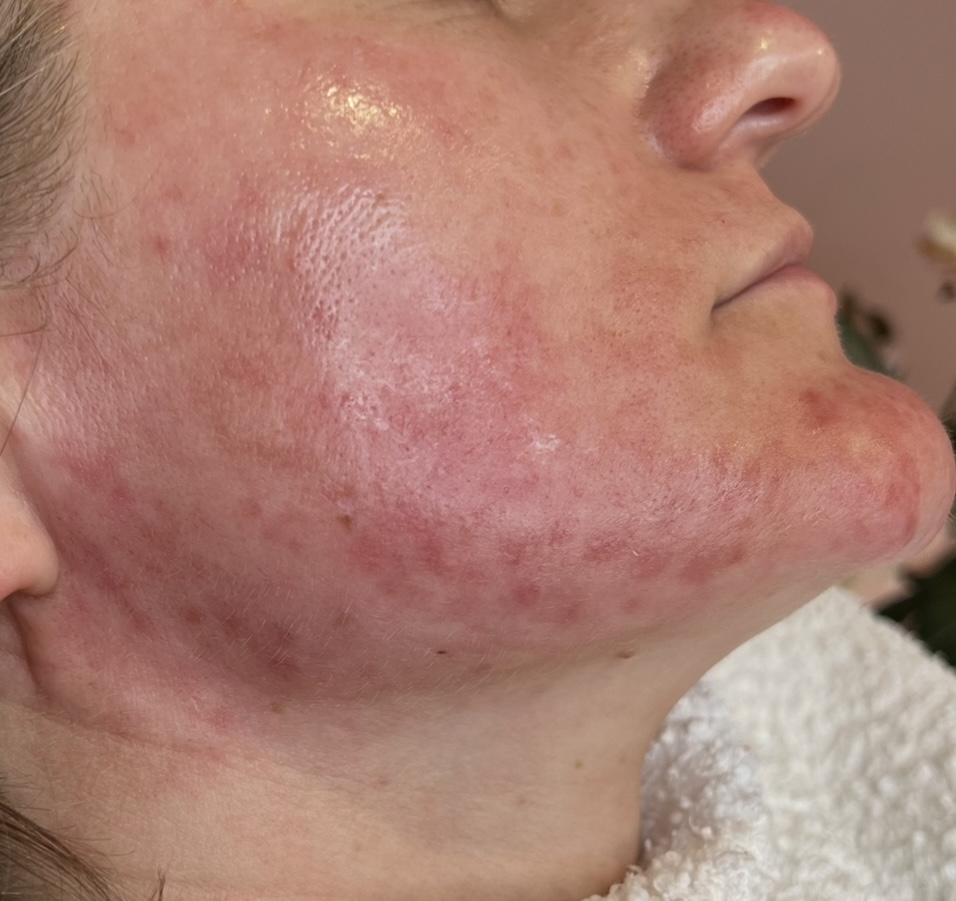Unveiling the Transformative Power of Xela Rederm in Meso Face Treatments for Acne, Skin Scarring, and Stretch Marks
As a passionate advocate for skincare innovations, I’m thrilled to share my insights on the Xela Rederm meso face treatment and its remarkable benefits for various skin concerns, such as acne, skin scarring, and stretch marks. With its unique blend of active ingredients and versatility, Xela Rederm offers a highly effective solution for achieving smoother, healthier, and more youthful-looking skin.

Mesotherapy, commonly known as meso face treatment, is a non-invasive cosmetic procedure that involves injecting a tailored blend of vitamins, enzymes, and other active ingredients into the skin’s middle layer, or mesoderm. Xela Rederm stands out as a cutting-edge product in the world of meso face treatments, as it combines high molecular weight hyaluronic acid and succinic acid to stimulate collagen production and reduce pigmentation.
One of the primary advantages of incorporating Xela Rederm in meso face treatments is its ability to tackle acne and acne scars. By promoting collagen synthesis and improving skin texture, this powerful combination can help minimize the appearance of acne scars and create a more even complexion. Furthermore, the hydrating properties of hyaluronic acid can help regulate sebum production, which may prevent future breakouts.
Xela Rederm also excels in addressing skin scarring and stretch marks through meso face treatments. The synergistic action of hyaluronic acid and succinic acid encourages tissue regeneration, ultimately reducing the visibility of scars and stretch marks. In my experience, this treatment can significantly restore a healthy, youthful appearance to the skin, making it an ideal choice for those seeking to improve the look of scarred or damaged skin.
What truly impresses me about Xela Rederm is its versatility in meso face treatments. Available in three different strengths (1.1%, 1.8%, and 2.2%), this treatment can be adapted to suit various areas of the face and different levels of skin aging. Whether you’re looking to target delicate areas, such as the under-eye region, or address signs of aging throughout the entire face, Xela Rederm offers a customizable solution to cater to individual needs.
In conclusion, I’m genuinely enthusiastic about the potential of Xela Rederm meso face treatments for addressing acne, skin scarring, and stretch marks. Its unique formulation and adaptability make it a game-changing option for those who wish to enhance their skin’s appearance and overall health. If you’re interested in experiencing the transformative effects of Xela Rederm, be sure to consult with a professional aesthetician or dermatologist who can devise a personalized treatment plan that aligns with your specific needs and goals.
The Skin Expert ~ Karolina Addae

